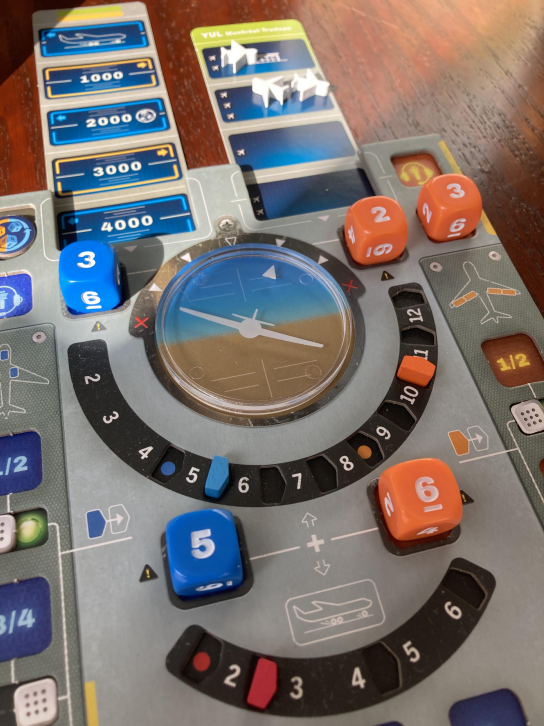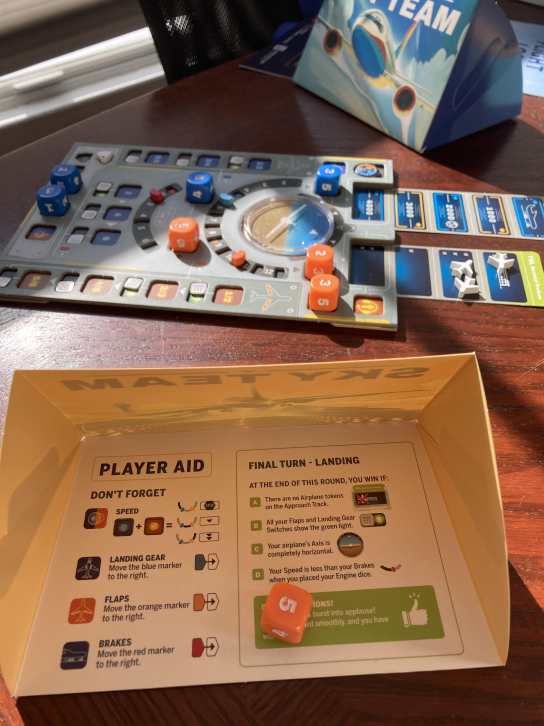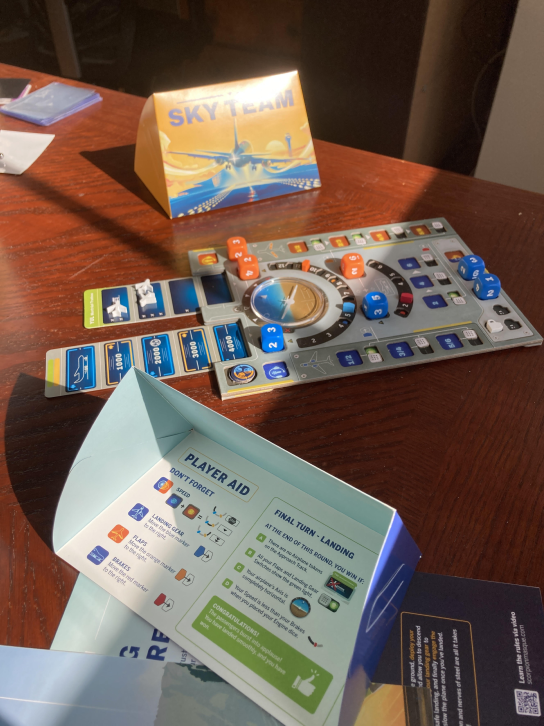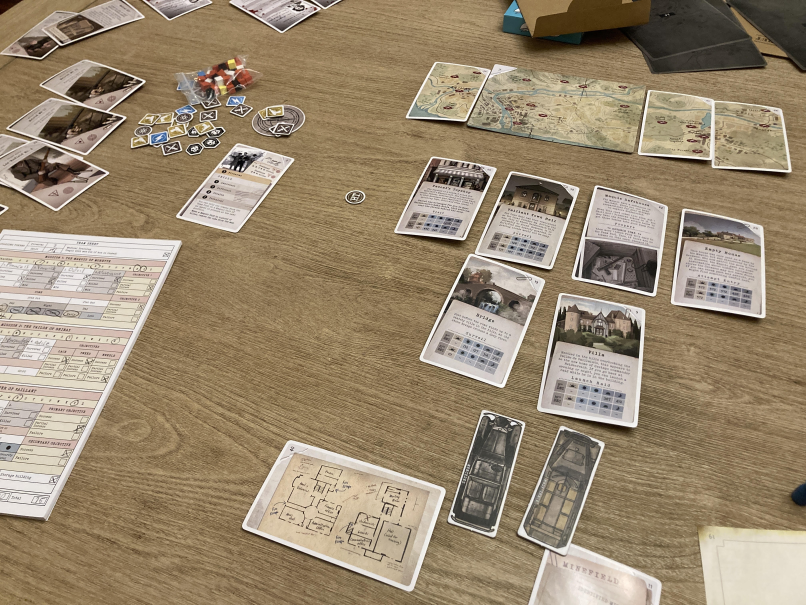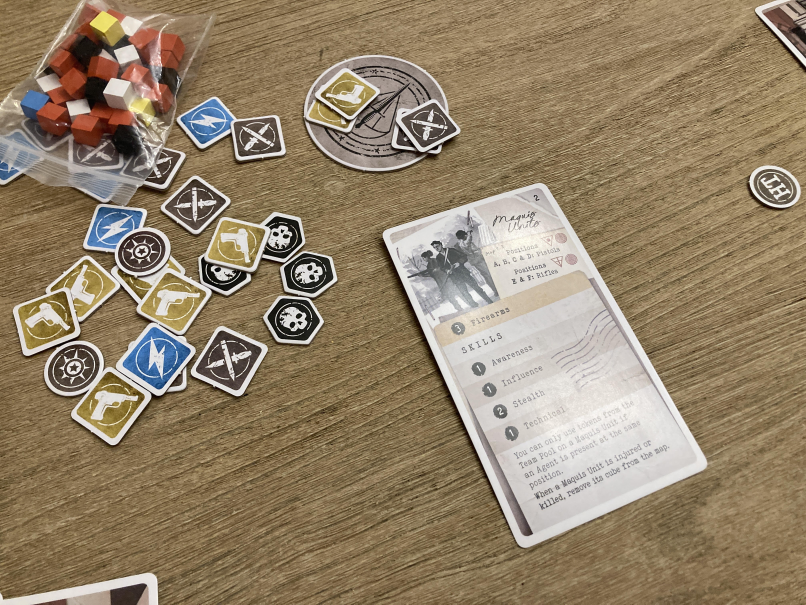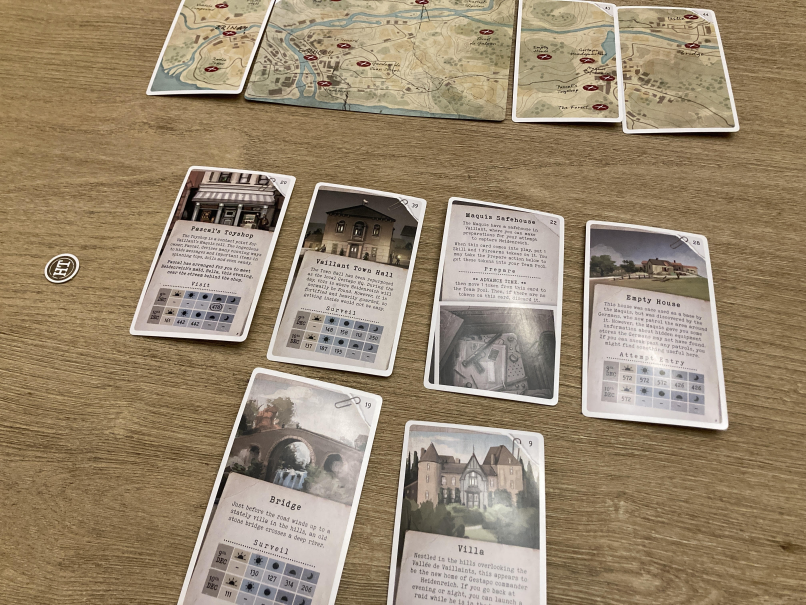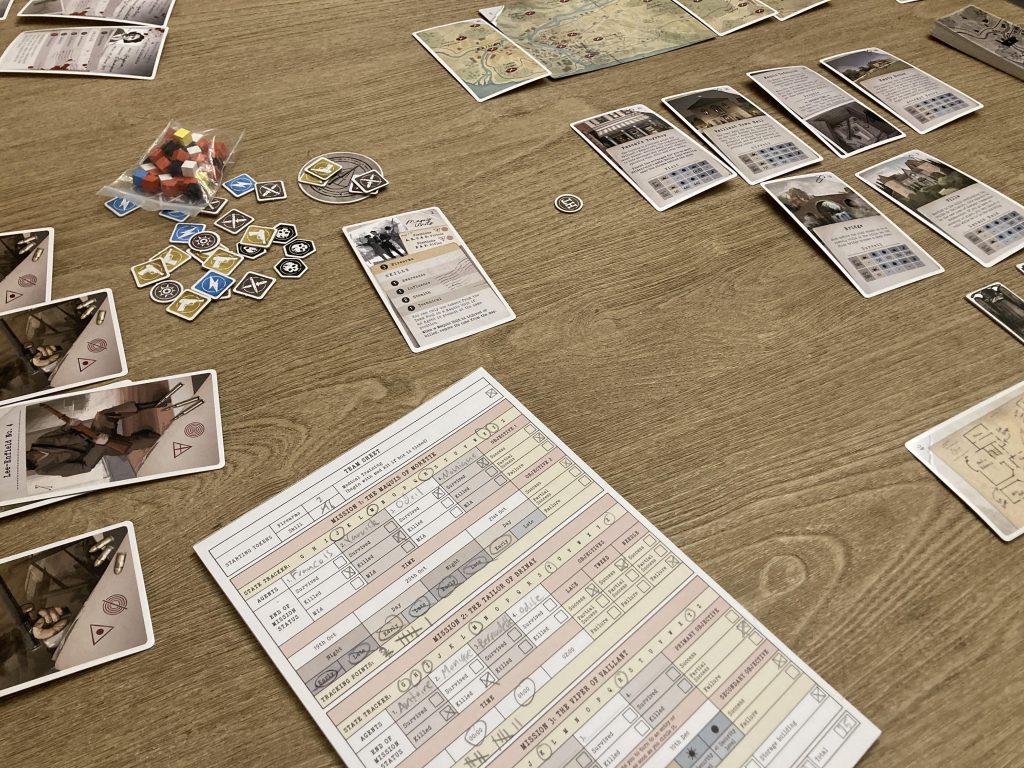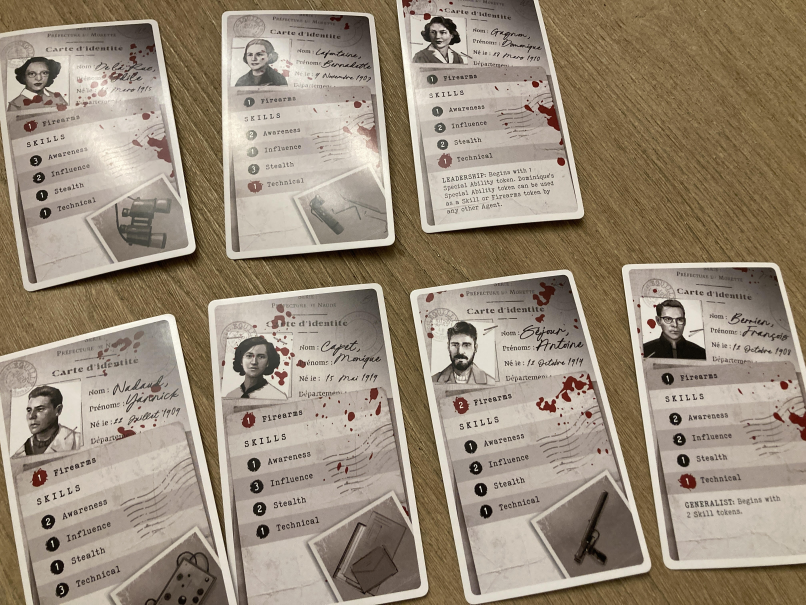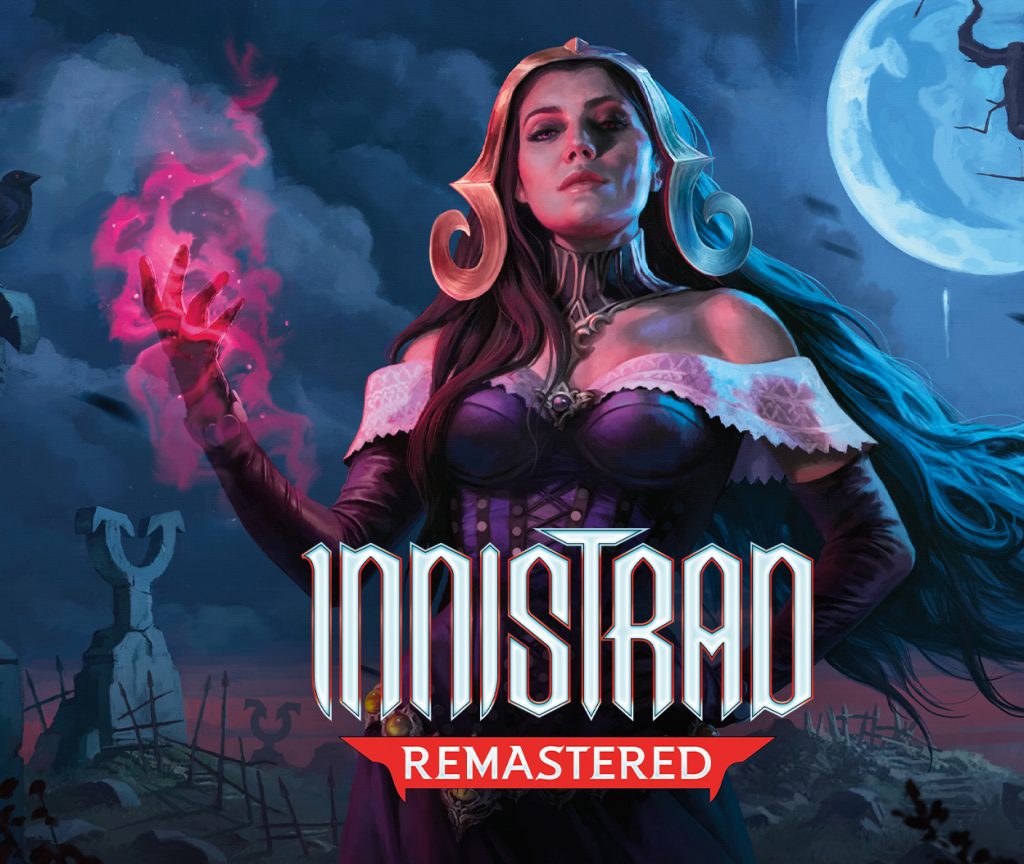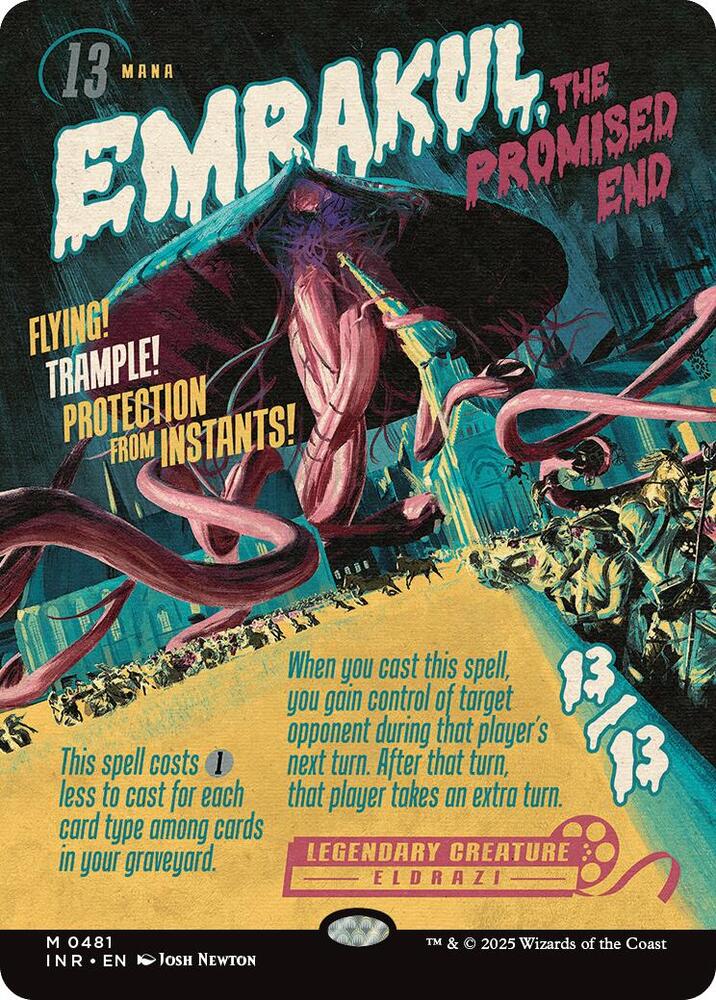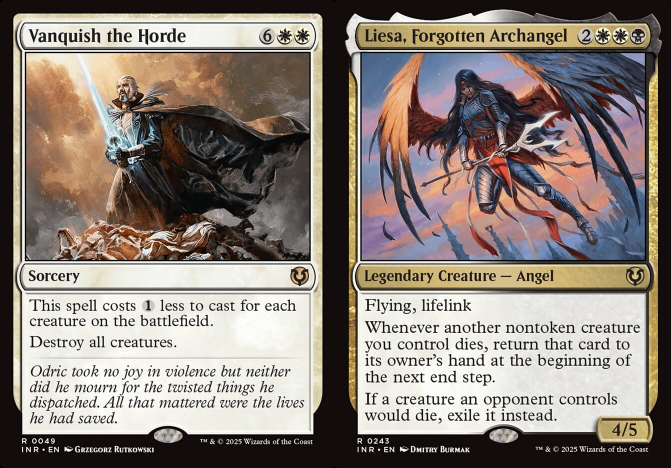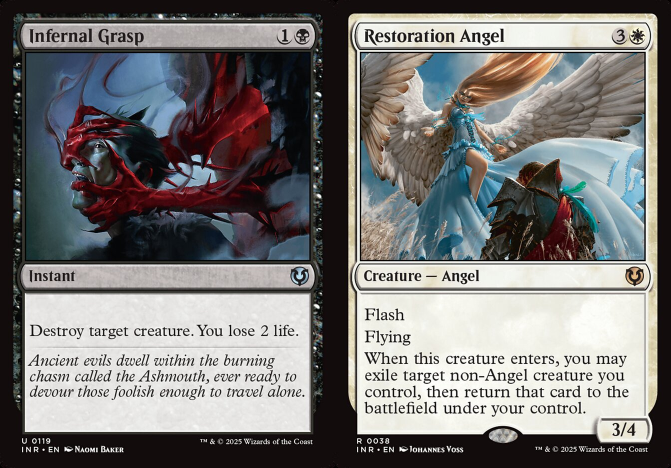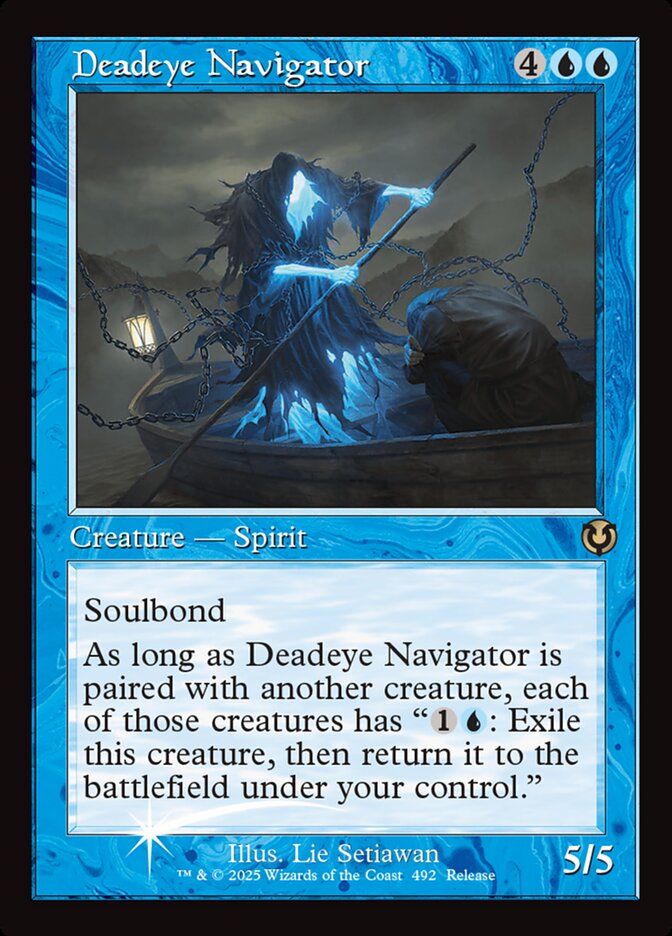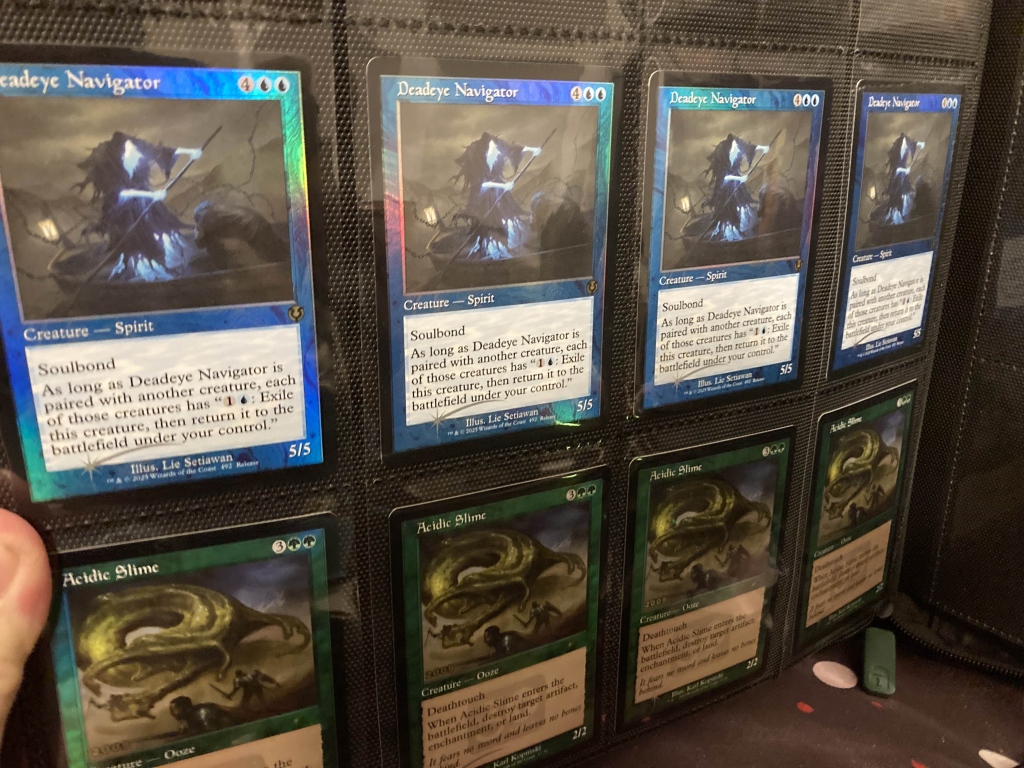Occasionally I see a take on the internet, and get real twitchy about it for a moment. This morning, it was a post about if puzzles are board games. Thus the twitching began.
The first thing I want to ask is, “Why are we asking this question?” That’s not superfluous, or being rude, it’s an important distinction.
The first response to the original question on Bluesky links to the Board Game Geek game criteria page. It is a very nice page, and I especially enjoy how it puts puzzles out of scope in one moment, and then puts escape rooms, a collection of puzzles, back in scope paragraphs later.
But the BGG page has a specific purpose. They want to limit and filter what sorts of products end up on their website, because they do not want to just have a list of everything. It’s a valid reason to define what a board game is, and to decide that a puzzle is not a board game for their purposes.
Let’s look at two others real quick. A friend asks you to bring something for board game night. You bring a 500 piece jigsaw puzzle. Are folks going to be happy?
Probably depends on the friend group. But I’m leaning towards, “No.”
What about sorting things for a store? Do puzzles go with the board games? In my experience, often the answer is, “Yes,” though that might have more to do with packaging and distributor than content. But the last few times I’ve been in a store, the puzzles sit right next to the copies of Cards Against Humanity.
So going back to the original question, what I want to ask is: Why does it matter if a puzzle is a board game? Are you stocking a store? Giving a gift? Setting up a web page? Because that context is going to change the answer.
Why am I being twitchy about this?
I don’t like it when people define words around art and art adjacent spaces in such a way as to exclude certain things from being in that category. To do that, there needs to be a good reason for it.
The usual reason for folks doing that is to exclude a category of other people from being in their in-group. The prime example of this is “gamers” claiming that The Sims and Animal Crossing aren’t “real games,” but I’m sure their are plenty others. That’s not a good reason, it’s just being a gatekeeping asshole. Now, I don’t think the original question on Bluesky was posted to gatekeep. But gatekeeping is why my brain decided to do the record scratch noise, and spend 40 minutes on this garbage writeup.
This year at PAX East, I got a chance to meet some of the folks doing Speed Puzzling. Presumably the speed part is what elevates it to the level of board game, but it was something fun and neat that I’d never heard of before. It’s also something that would never show up on BGG.
I’d rather that board game enthusiasts had space for weird stuff that does not in fact conform to neat tables of rules, or perfect definitions. I’d rather we had more In Memory Of sorts of things.
Okay, but are puzzles board games?
A sandwich is a piece of meat between two slices of bread.

Is this a sandwich?
Which is to say: it doesn’t matter without additional context!
Someone who’s very hungry might be happy to have a hot dog after asking for a sandwich. Someone who catered a sandwich tray for a work event might be slightly less enthusiastic to receive sixty Costco hot dogs.

